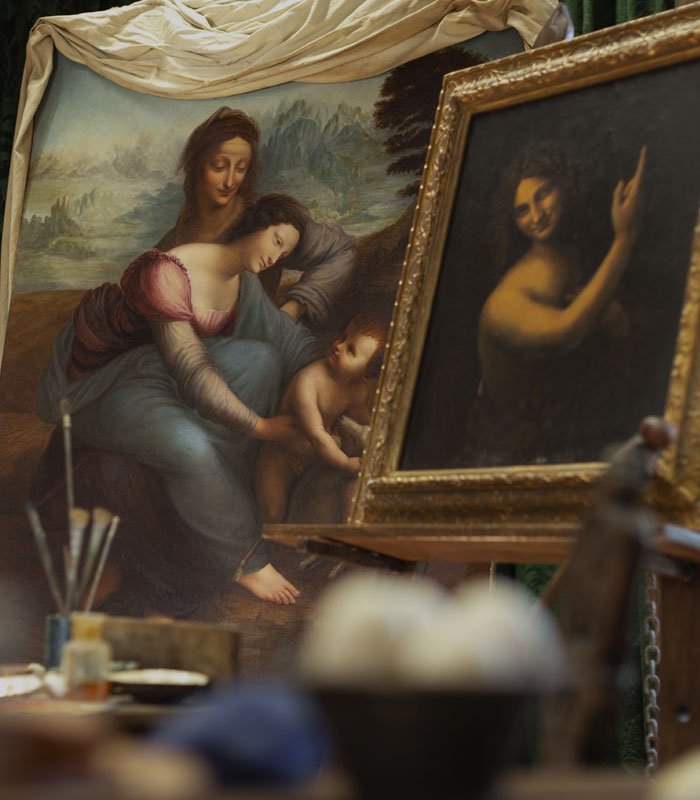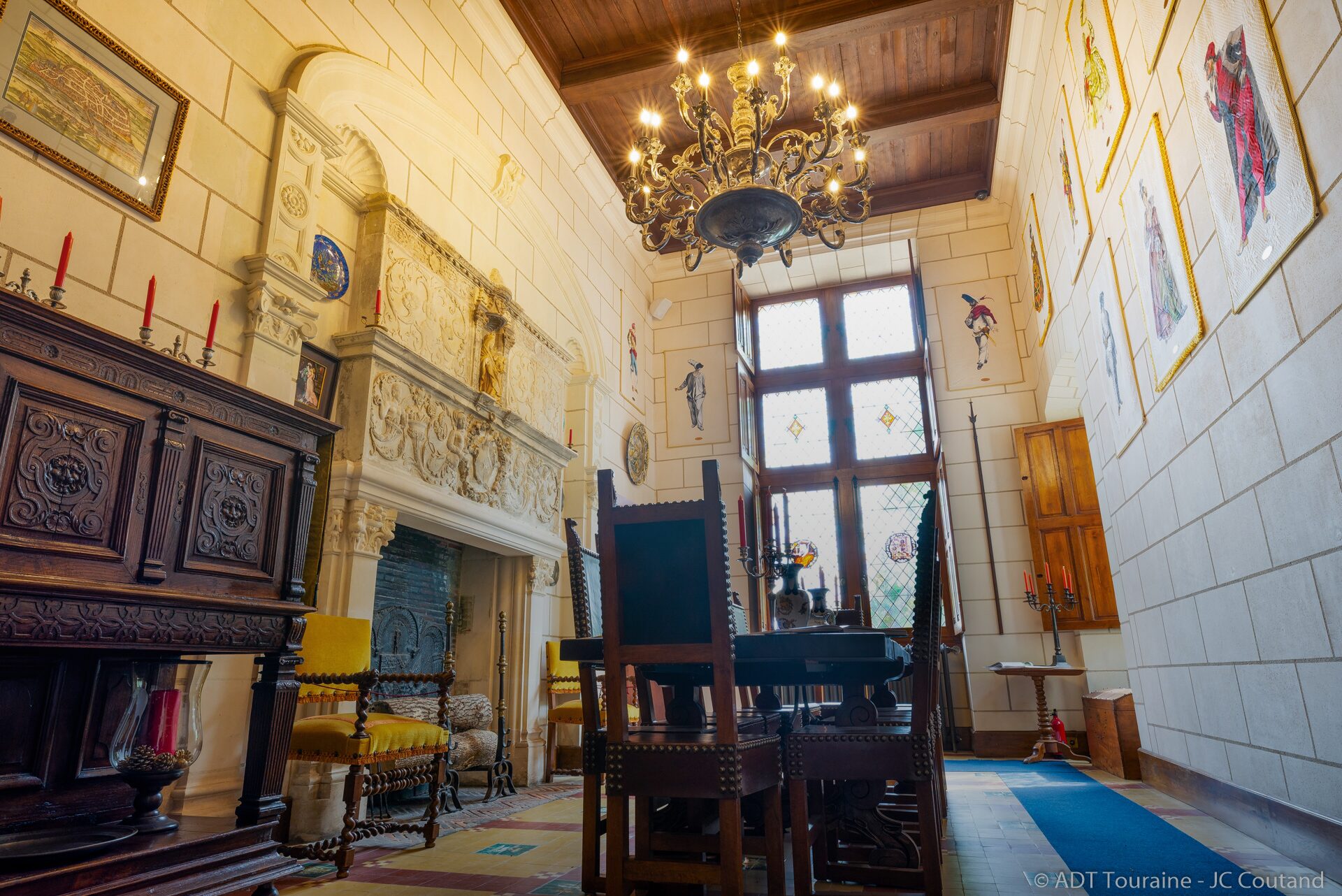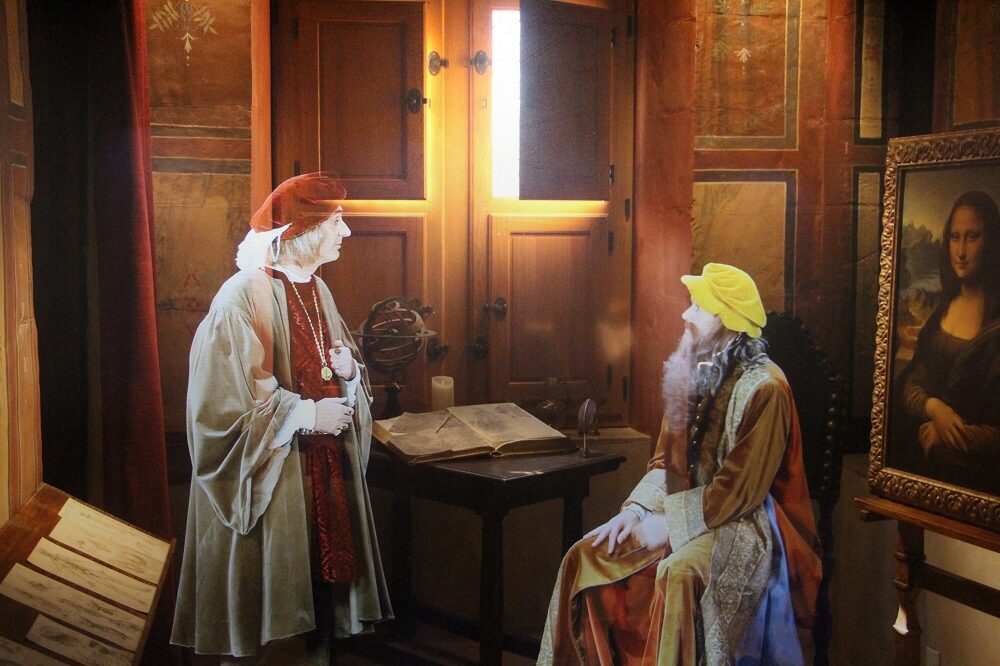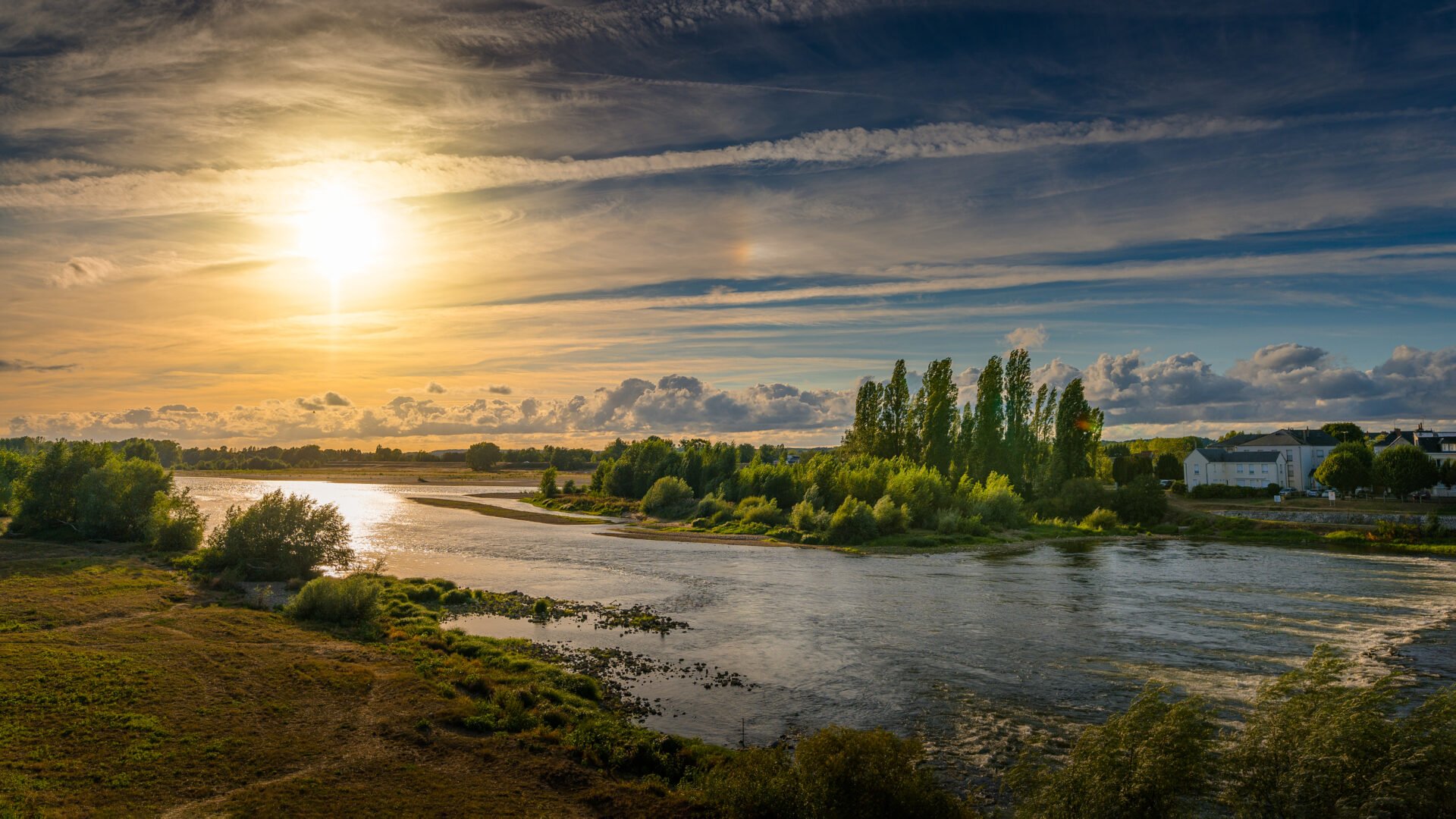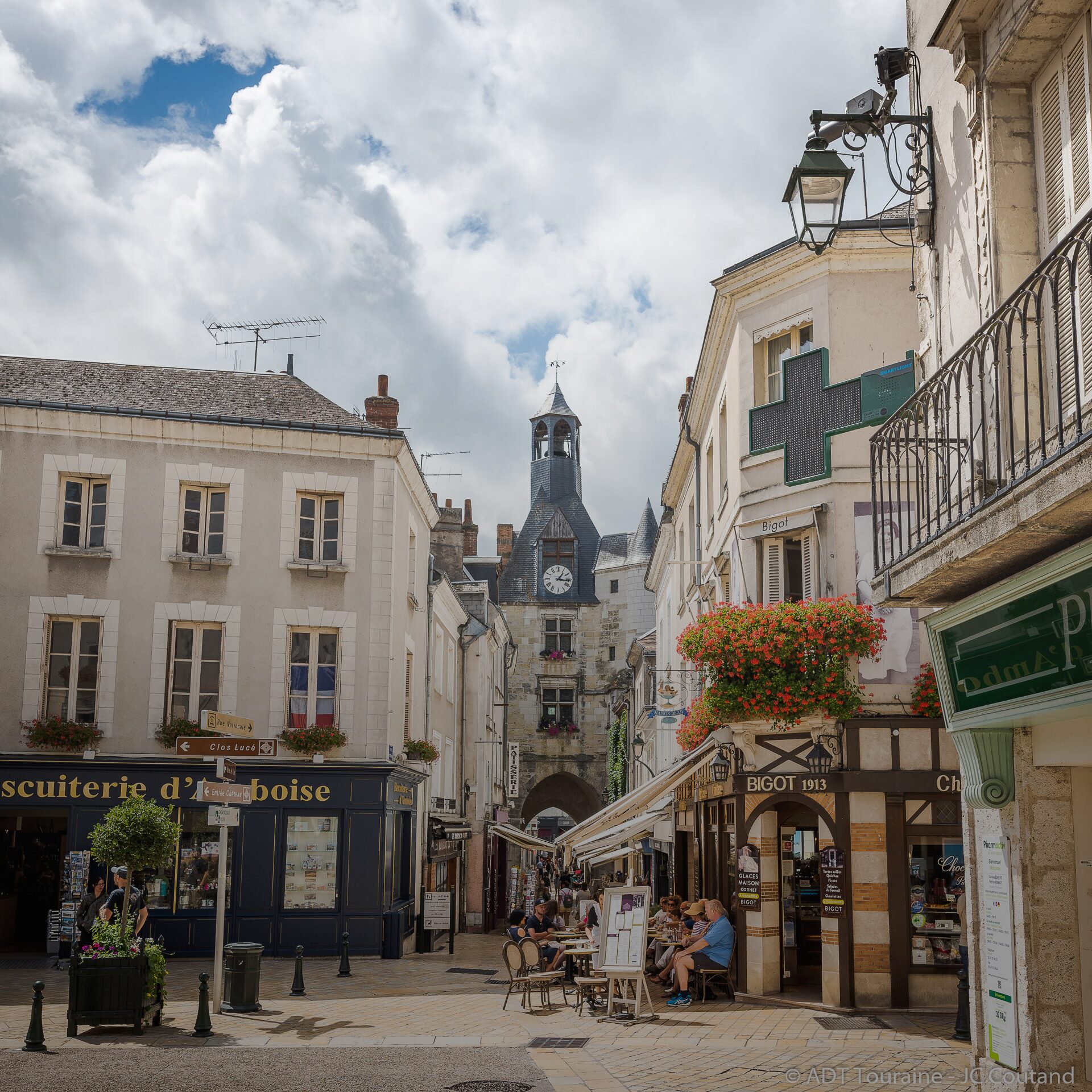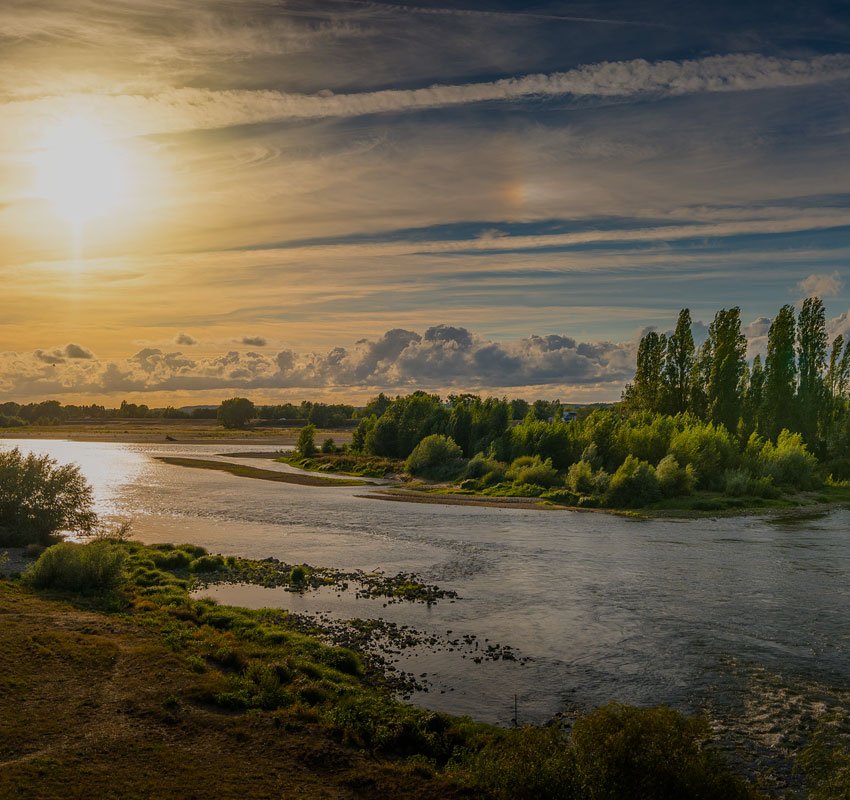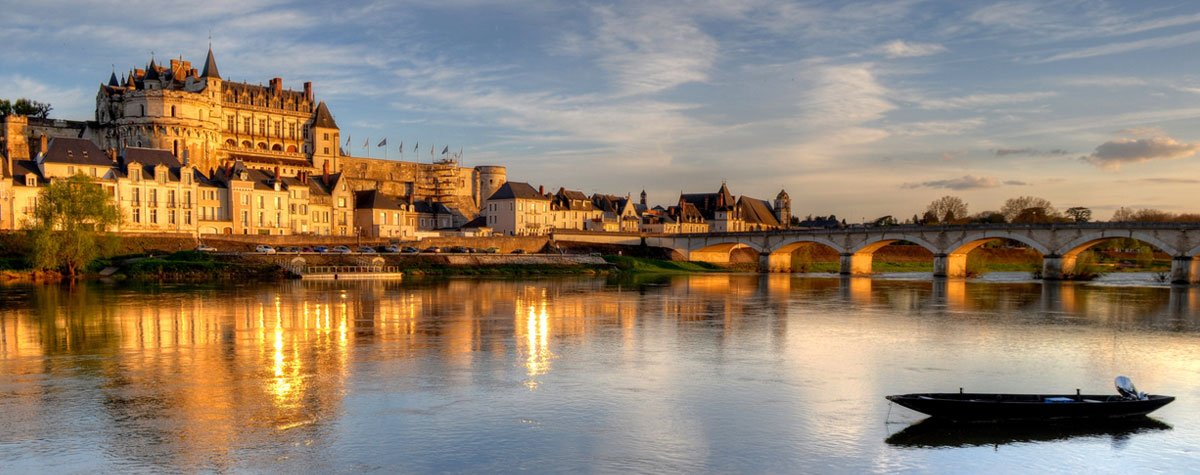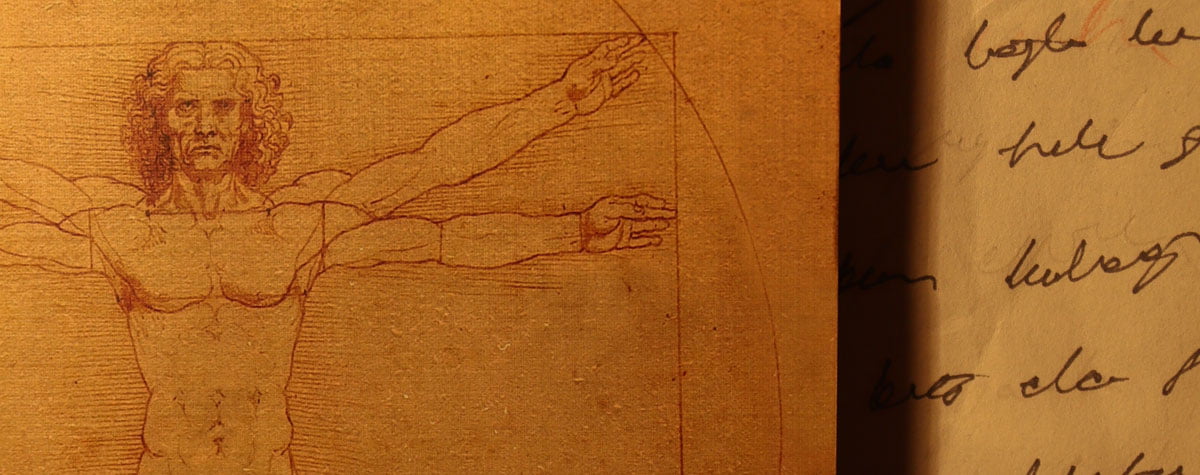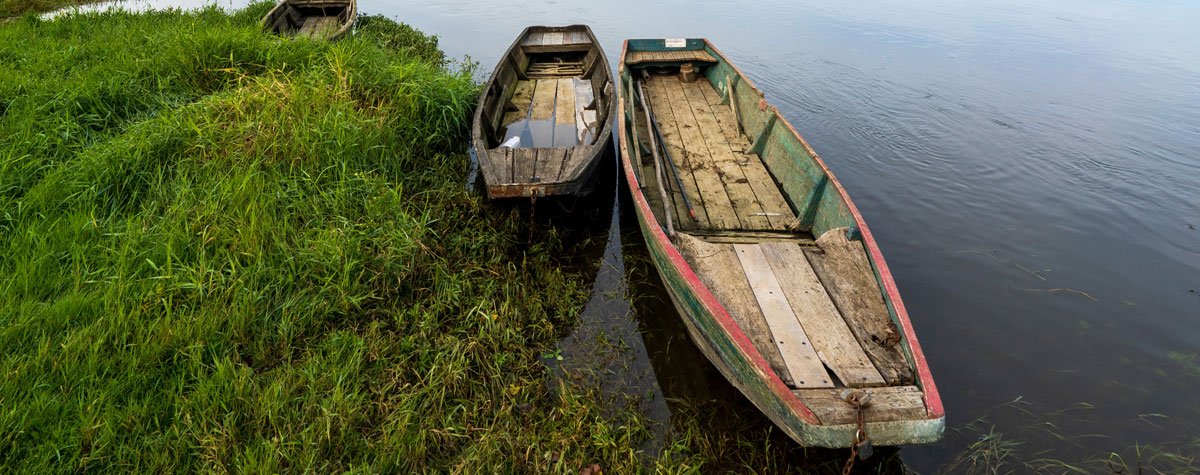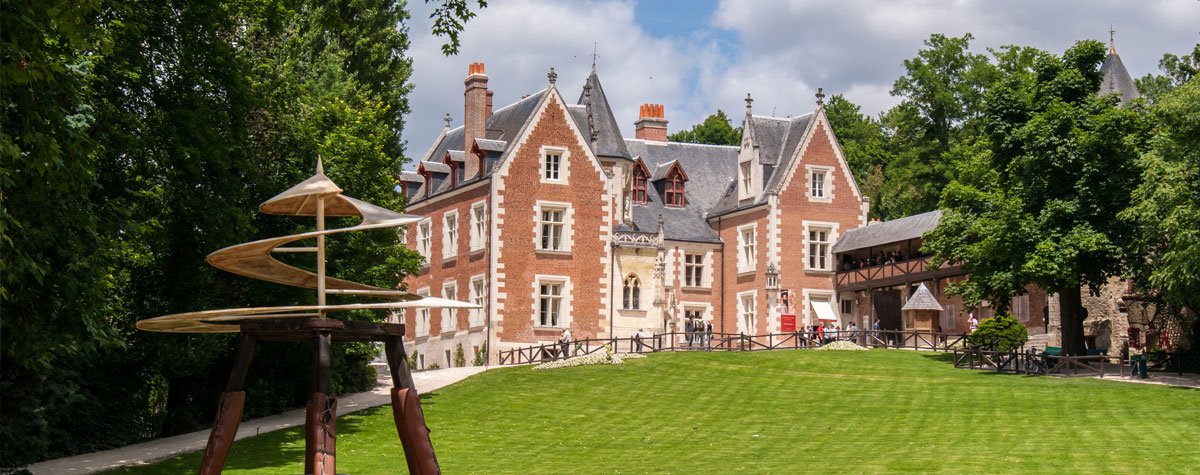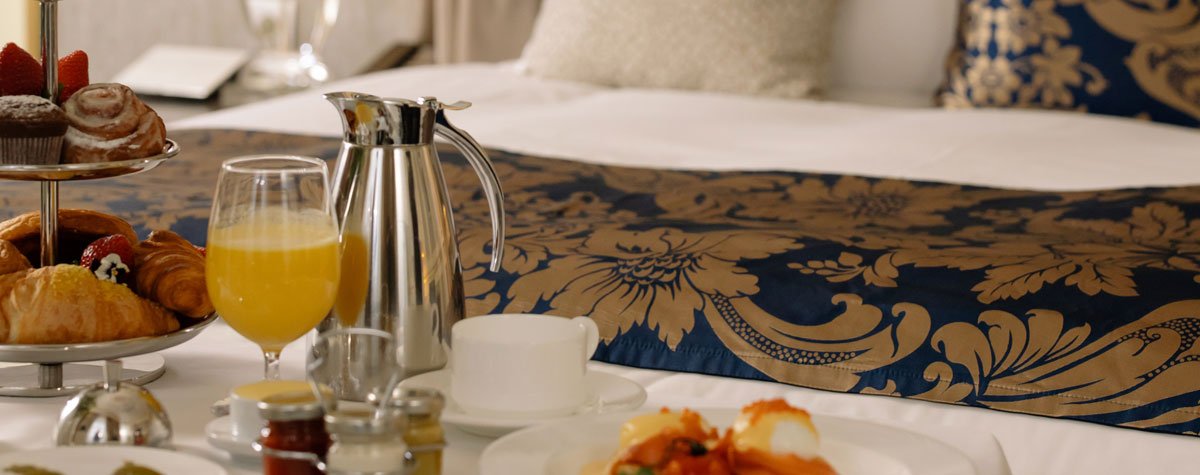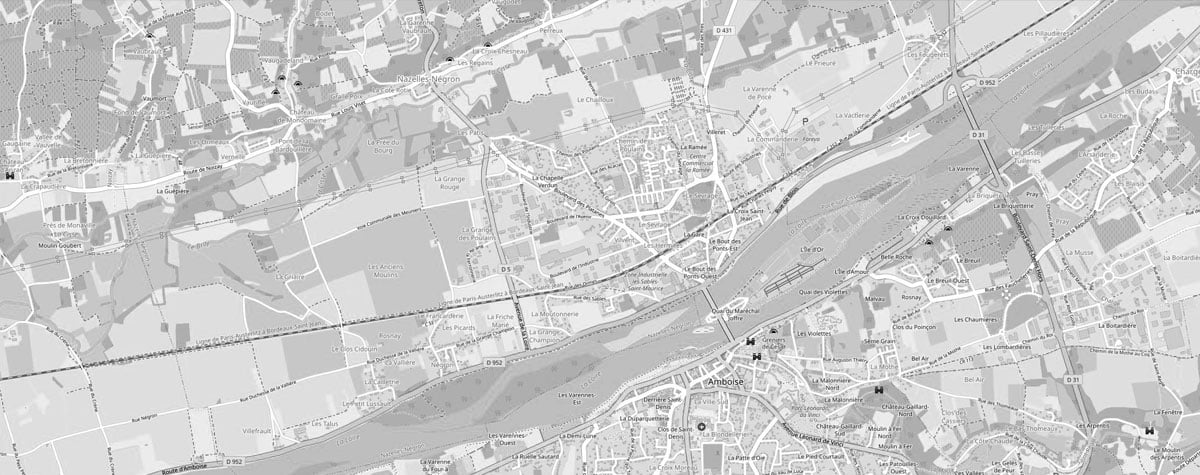Discover
From the Loire Valley to the Amboise Valley .... A spectacular destination!
What if, for your next vacation in the Loire Valley, you treated yourself to much more than château life? A stay in the Val d’Amboise is like opening a bubble of relaxation in the heart of unspoilt landscapes, listed as a World Heritage Site. It’s to experience the art of living in Touraine. An immersive experience at the heart of a terroir brought to light by engaging and passionate men and women: winemakers, craftsmen, farmers, small producers… Direct from the farm, on market stalls or on restaurant tables, their best products invite you to a gustatory discovery of Touraine.
Staying in the Val d’Amboise also means strolling along paths and tracks in the heart of a comforting natural environment. Get on your bike and explore the trails along the banks of the Loire. Lace up your hiking boots and wander through the century-old trees of the Amboise forest or along wine trails. Work on your swing at Golf de Fleuray, between vineyards and forests.
History
of Amboise
Towns and villages
of Val d’Amboise
The castles
of the Loire
Leonardo da Vinci
The Loire
History of Amboise
Towns and villages
of Val d’Amboise
As night falls, the last rays of sunlight illuminate the clear waters of the Loire. Stretch out on the warm sand. How about a gourmet aperitif at sunset? A few notes of music to relax you? No problem, the Tourist Office has you covered! Just relax, enjoy the moment, and let yourself be carried away by the sweetness of the moment.
Close your eyes… Think of nothing else… And let yourself be carried away by the scent of a gentle summer evening on the banks of the Loire. Barefoot on the warm sand, the Loire is a place of tranquility and observation for lovers of nature and biodiversity. Get up close to the crystal-clear waters of this famous royal river and watch this grey heron take flight, surprised by the passage of a few canoes. On the other bank, marvel at the colorful spectacle of a hot-air balloon taking off.
This land of history and tradition is the promise of magnificent human encounters and memorable experiences, as a couple, with family or friends. On the banks of the Loire, in the heart of listed landscapes.
